Tennis clubs, for whom a project padel is brand new, have their entire supply "policy" to work out.
First of all, there are several basic solutions for building their land; some choose to build the land of padel on an already existing tennis court, while others choose to build it next to the tennis courts. The first solution has a big financial advantage, since there is no need to pour a concrete slab, which in the opposite case can multiply the price by two, as we could see in the previous part. You should know that when an associative project exceeds 45 euros, there is then a public invitation to tender, which can slow down the progress of the project.
However, some clubs remember that they are first and foremost a tennis club. This is for example the case of François' club. The latter told us during the interview: " We must not forget that we are also a tennis club at the base »[1]. So, from what we have seen, the clubs try to keep all their tennis courts. In the case of the club where François is in charge of the project padel, they want to build this land in place of the exterior wall which is too little used.
The training wall of the club where François is responsible for development padel.

The other reason for not replacing a field is that they have teams engaged in the team championships each year. They have a real interest in not replacing one of the two outer courts.
The outside of this same club.
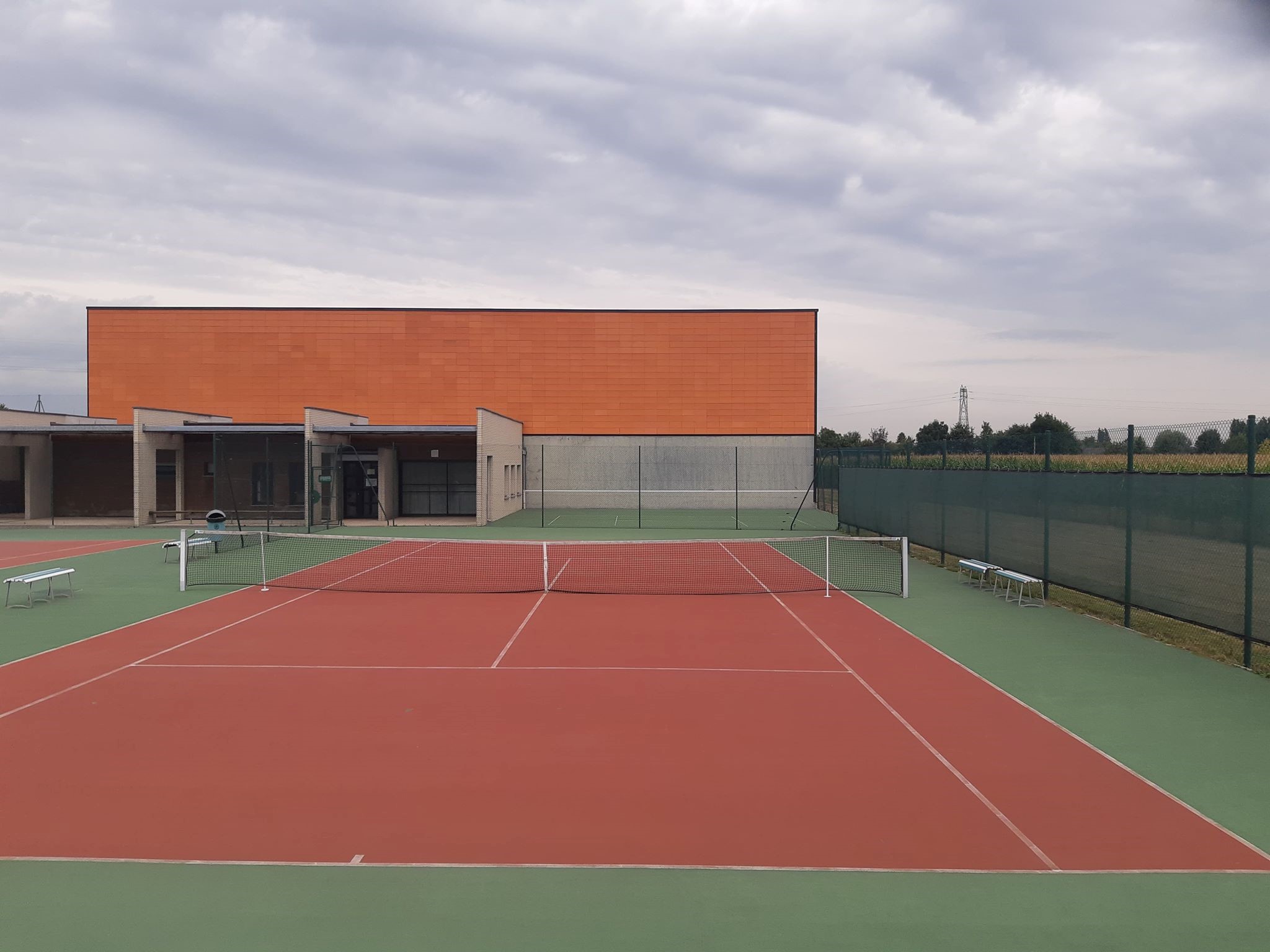
During our telephone calls to the tennis clubs of the region, the two arguments that came up most often when they do not want to develop this practice, were that they did not necessarily have the place and so they had not want to sacrifice a tennis court, and that they have teams involved in competitions and that they need these grounds.
Then, we were able to notice that the tennis clubs have the same arguments as the Federation for the introduction of the padel in their club; most of them want to level the number of licensees in their club. François told us on this subject " The objective was to, in view of the emergence of padel in France and the place we had, to eventually use this place for a new activity for members, and try to compensate for the drop in the number of licensees in the club, which is also general in France »[2] Thus, they try to attract new licensees by proposing this ancillary activity.
Then the question arises of the offer offered to contributors. We have noticed that the clubs which are in the elaboration of the project padel do not yet fully know the offer they are going to put in place. Indeed, they are thinking that if they impose a contribution to the year "tennis-padel ", The" pure "tennis players will not agree with this decision. The clubs would therefore rather turn to a differentiated offer: either " padel ", Either" tennis "or" tennis-padel ". This would be more restrictive for them from a management point of view, but it seems that this is the most suitable offer.
However, it should be understood that each club that offers the activity padel works in its own way, and that there is not a predefined and imposed offer by the FFT.
We have thus been able to demonstrate that the clubs have as their primary goal to revitalize its number of members with an ancillary activity such as padel. However, the development of the project can take two turns: replacing a tennis court by one of padel, or build a short padel in addition to the already existing tennis courts. Then the implementation of the offer depends on the clubs, and the structuring of this offer can take time.
Regarding clubs not wishing to offer the padel, two main arguments more or less in relation stand out: the lack of space and the impossibility of sacrificing a tennis court because the club's policy is focused on tennis and that very often teams are engaged in the team championship, and therefore that they need these lands.
[1] Page 110: François interview
[2] Page 105: François interview
Pierre studied STAPS, and validated a master's degree in sports management, after studying in Reims, Frankfurt and Lille. I discovered the padel in 2014 during my Erasmus year in Frankfurt thanks to a Spanish friend. Damn it is good padel !


















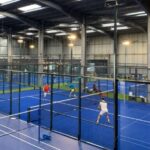


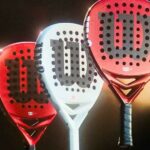














































































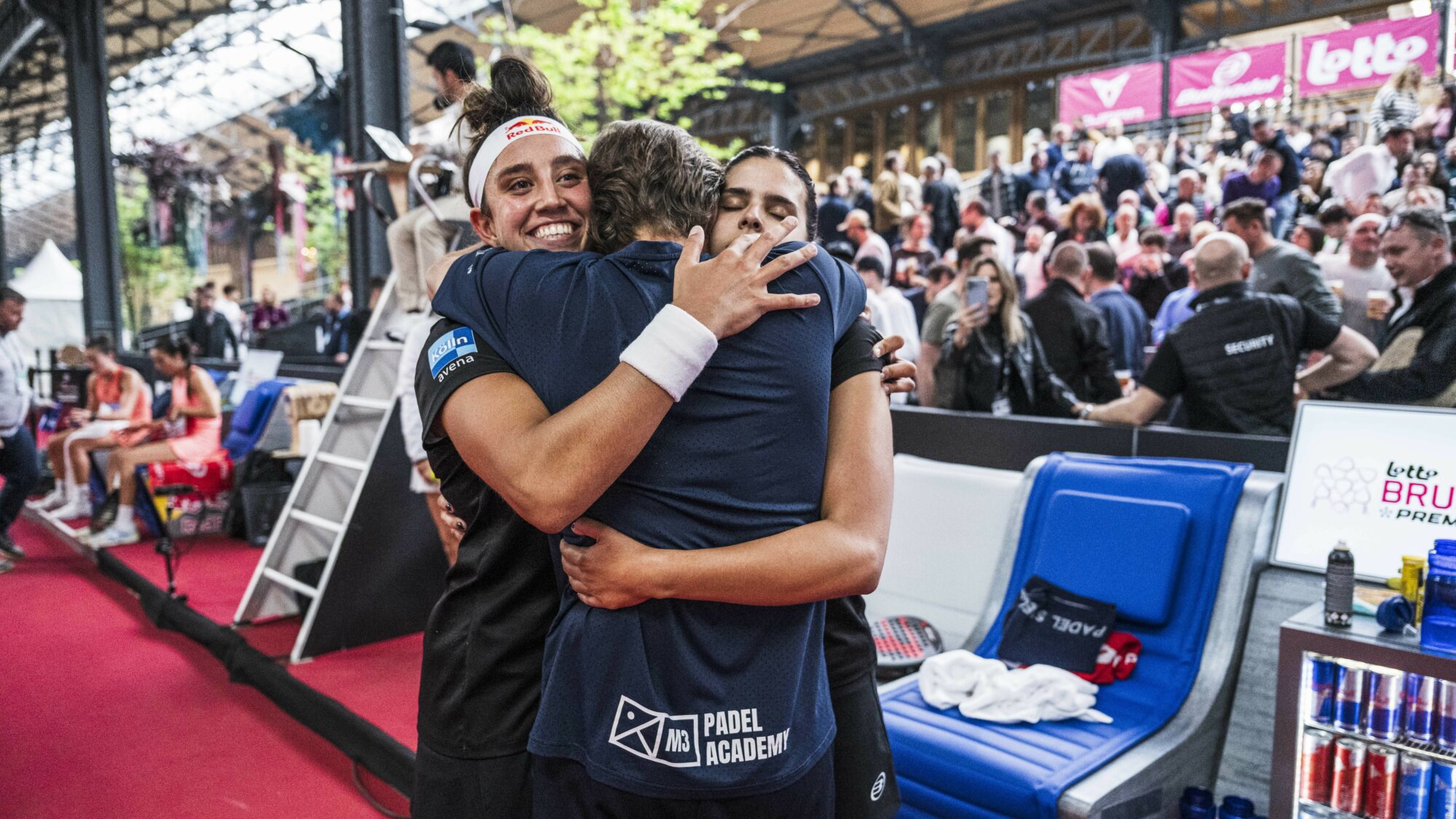 Premier Padel Brussels P2 – Brea/Gonzalez wins the arm wrestling against Salazar/Icardo
Premier Padel Brussels P2 – Brea/Gonzalez wins the arm wrestling against Salazar/Icardo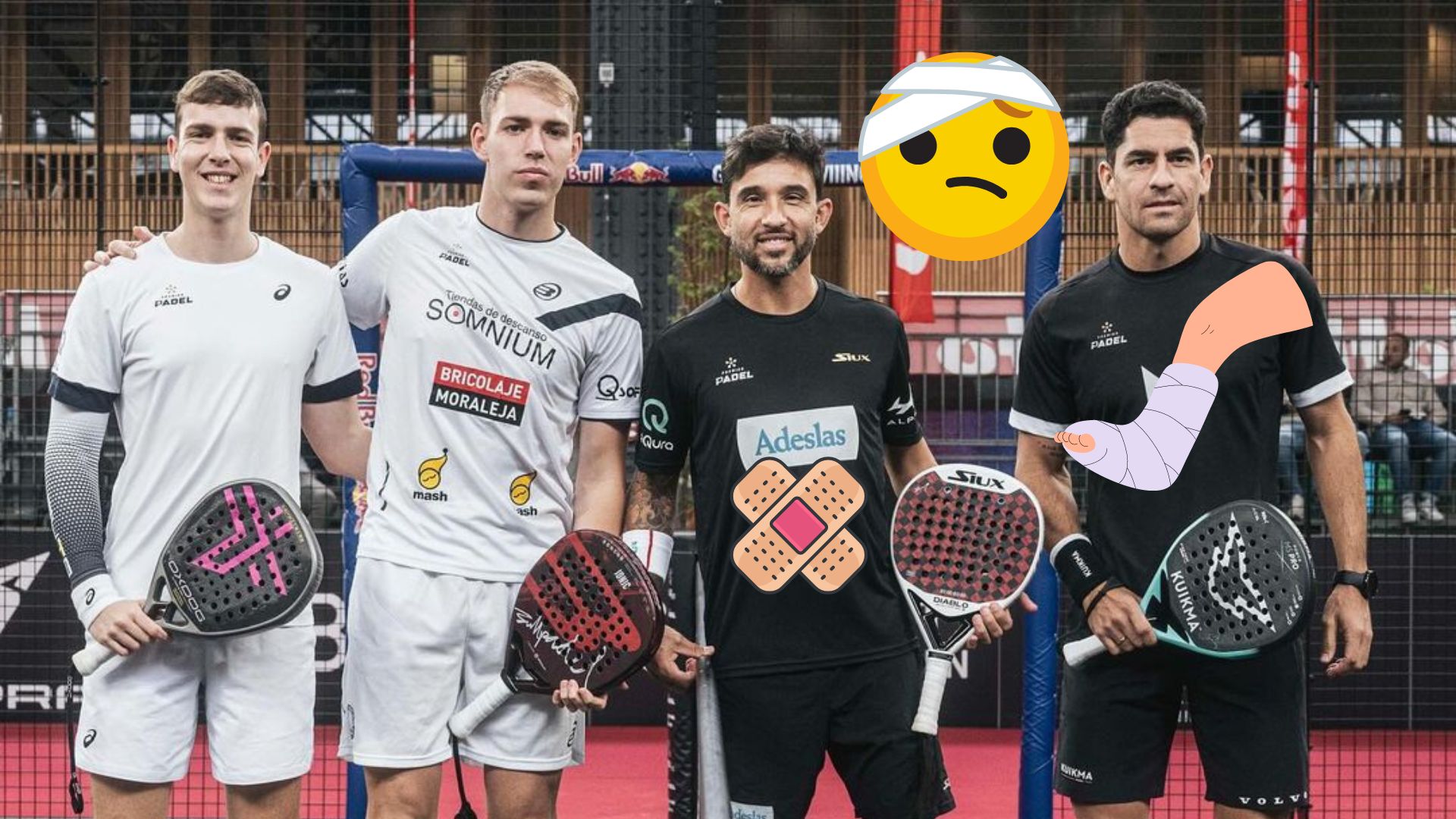 Unusual – Sanyo Gutierrez and Maxi Sanchez suffered in Brussels
Unusual – Sanyo Gutierrez and Maxi Sanchez suffered in Brussels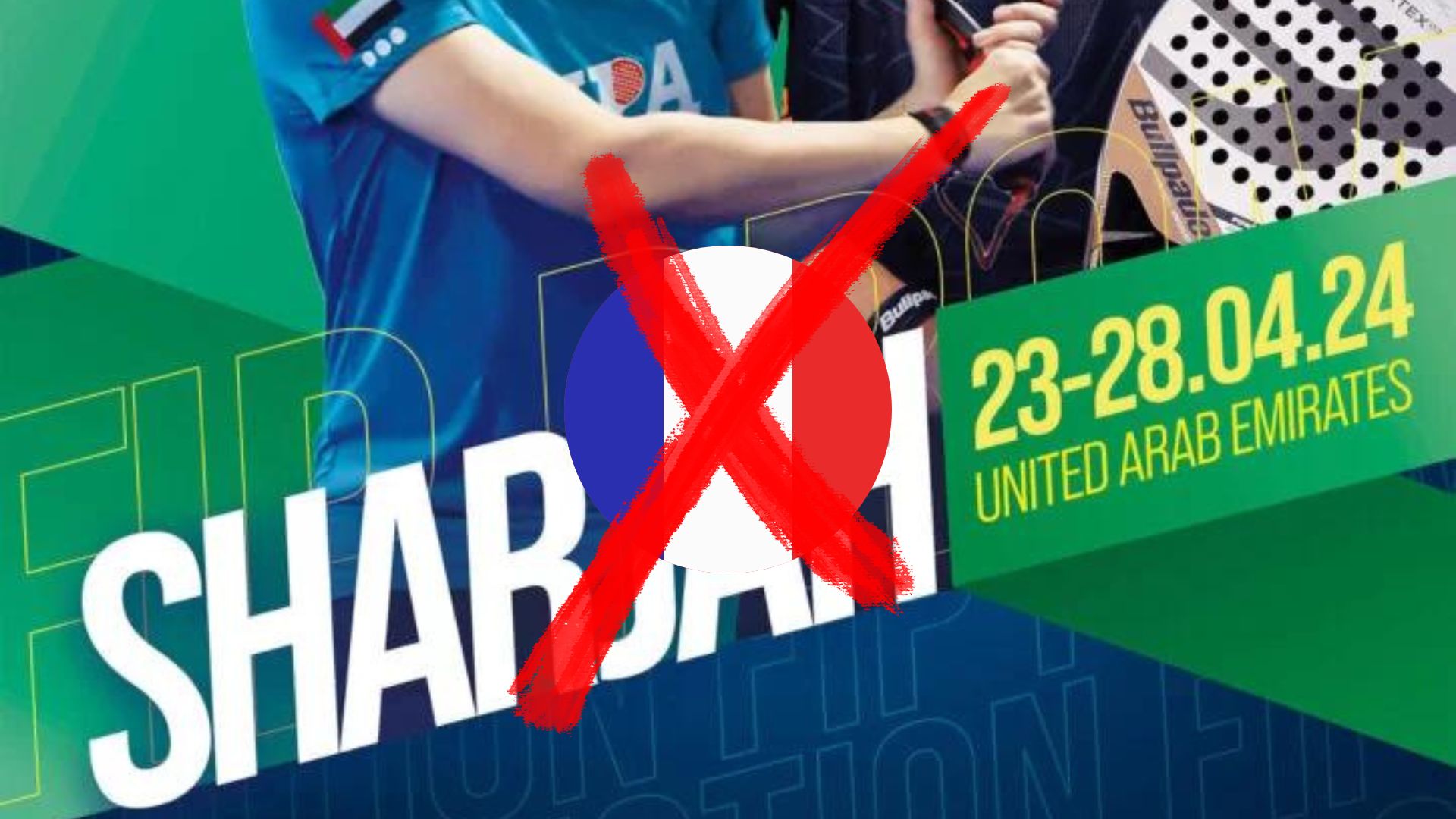 FIP Promotion Sharjah – More French people in the United Arab Emirates
FIP Promotion Sharjah – More French people in the United Arab Emirates Guillaume Codron de Sud Padel : “A family project”
Guillaume Codron de Sud Padel : “A family project” Nallé Grinda: “Democratize the padel in the USA with PadelX "
Nallé Grinda: “Democratize the padel in the USA with PadelX " Simon Boissé: “We know that there are two nations in front of us”
Simon Boissé: “We know that there are two nations in front of us” Marie Maligo: “This period of frequent changes of partners was beneficial for me”
Marie Maligo: “This period of frequent changes of partners was beneficial for me” The All Star Tour returns on May 16 at the All In in Lyon
The All Star Tour returns on May 16 at the All In in Lyon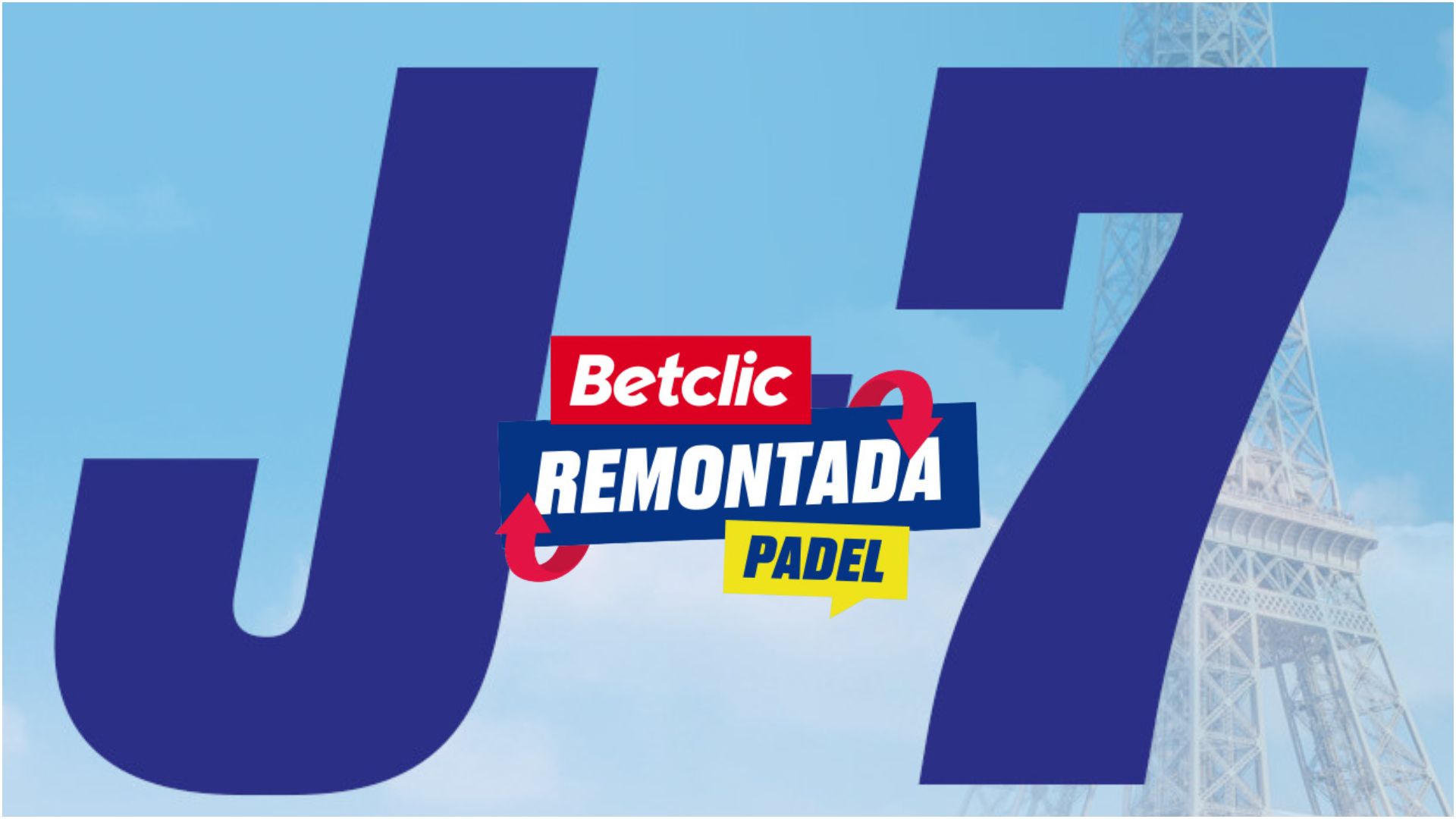 D-7 of the “BetClic Remontada Padel”, at the foot of the Eiffel Tower
D-7 of the “BetClic Remontada Padel”, at the foot of the Eiffel Tower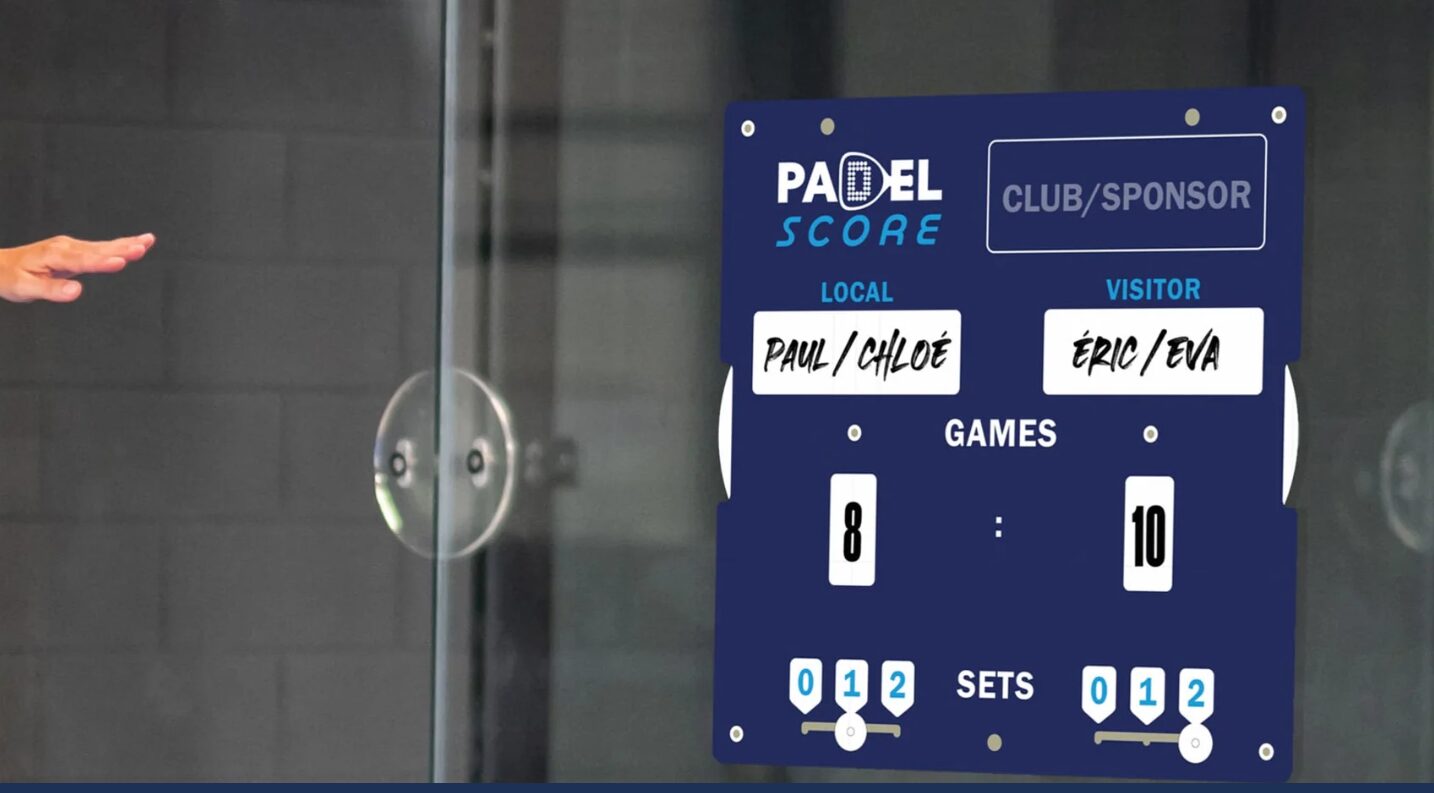 Padel Score: an essential table for keeping score
Padel Score: an essential table for keeping score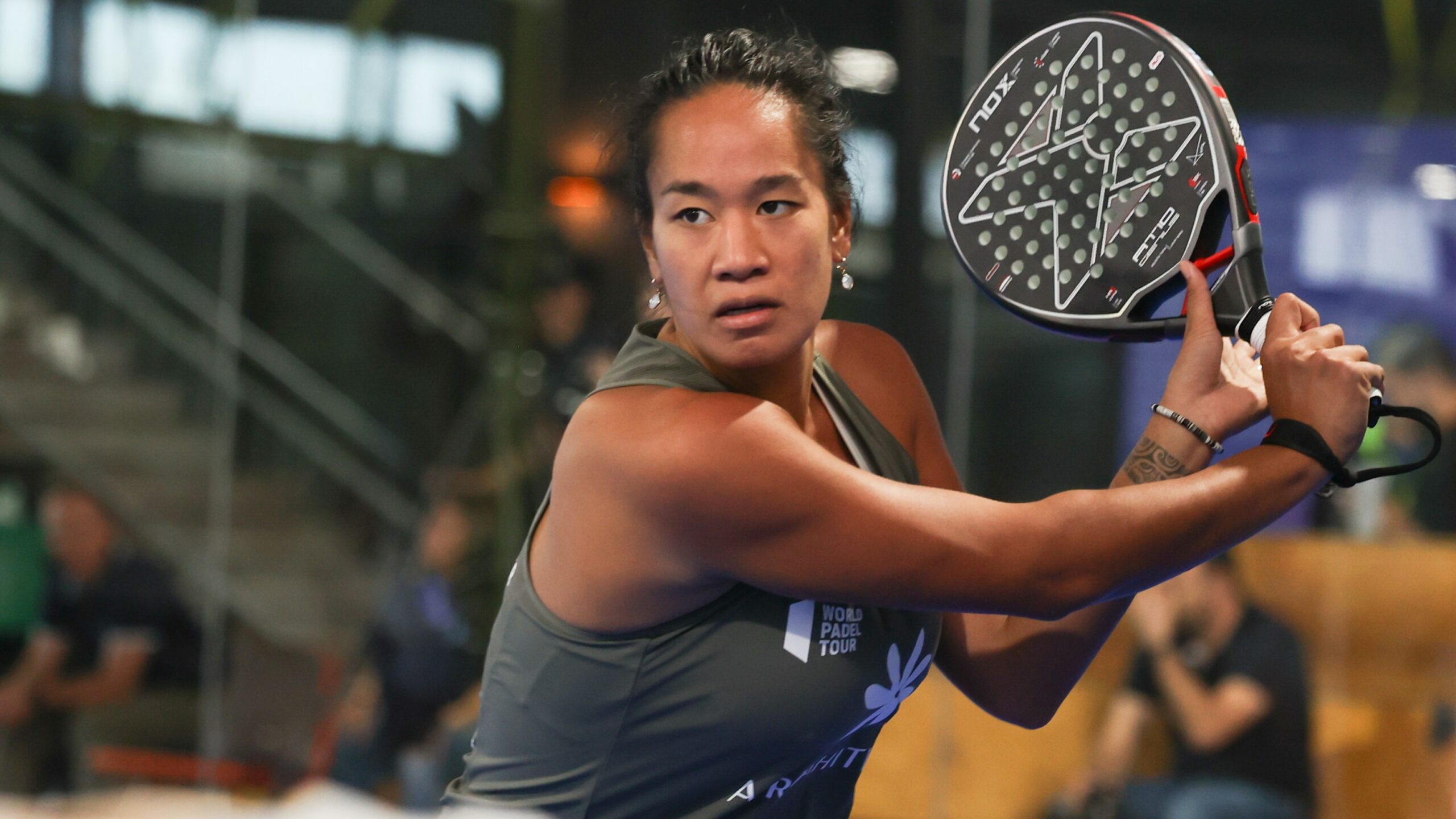 Léa Godallier makes her big return to the slopes this weekend
Léa Godallier makes her big return to the slopes this weekend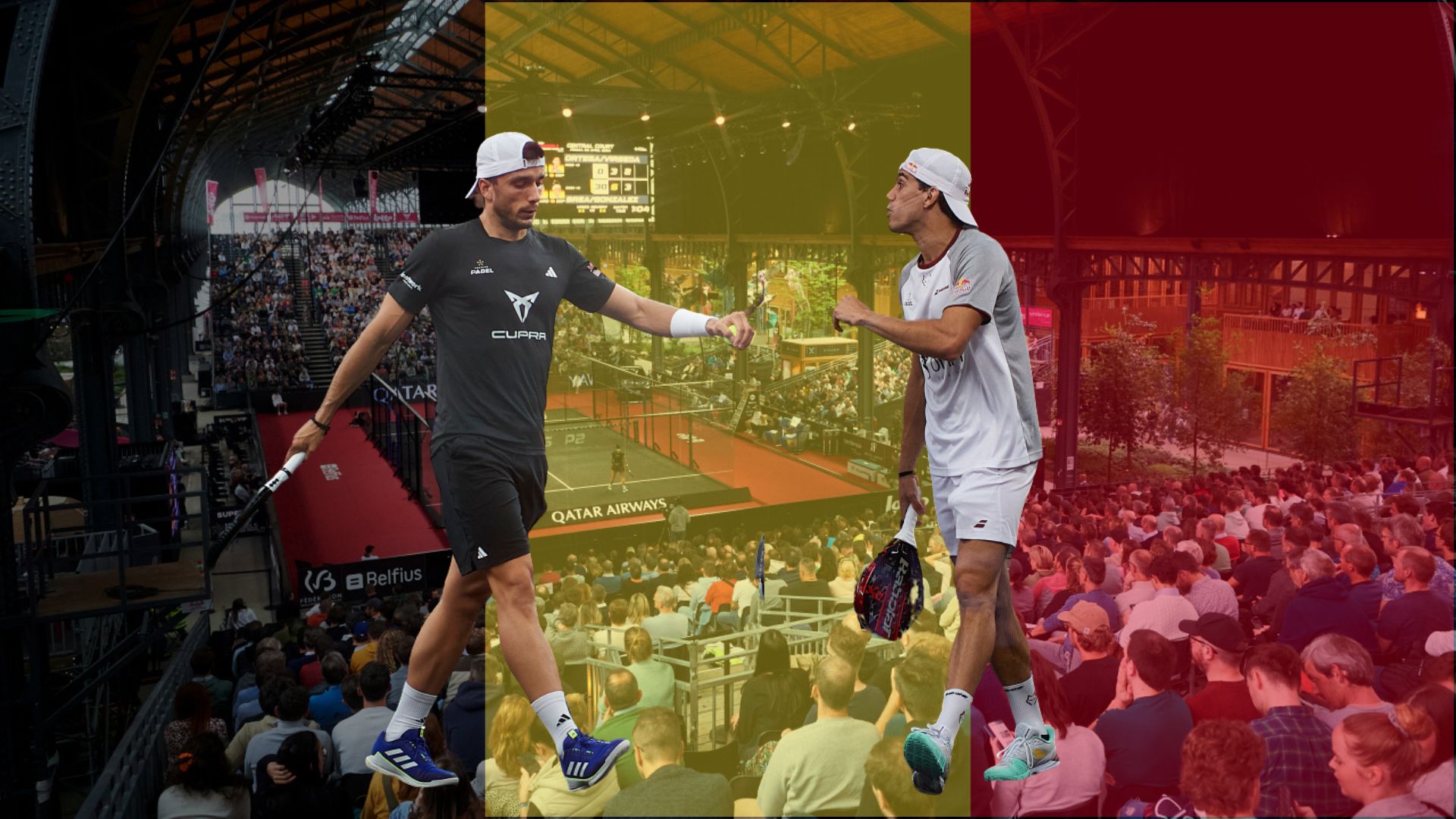 Premier Padel Brussels P2 – Juan Lebron and Ale Galan together in Belgium?
Premier Padel Brussels P2 – Juan Lebron and Ale Galan together in Belgium?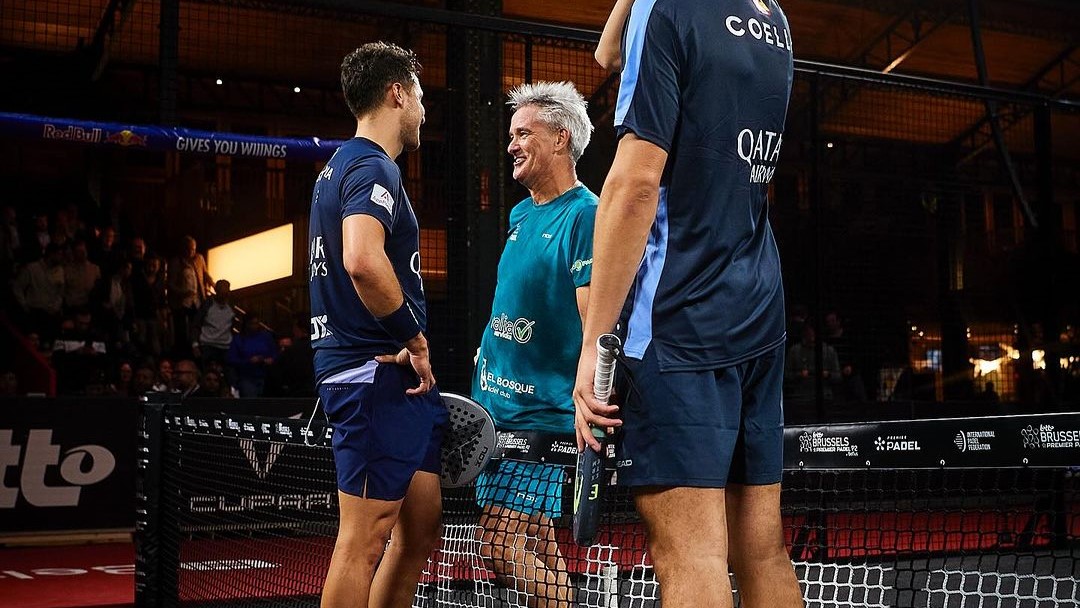 Agustin Tapia salutes the longevity of Miguel Lamperti
Agustin Tapia salutes the longevity of Miguel Lamperti José Manuel Escin at the inauguration of Casa Padel DOS: “Finally, and thank you!”
José Manuel Escin at the inauguration of Casa Padel DOS: “Finally, and thank you!” Padel Score comes to Tahiti for American Express Padel Cup!
Padel Score comes to Tahiti for American Express Padel Cup! Do you know the Rafa Nadal Academy Tour?
Do you know the Rafa Nadal Academy Tour? Play at padel on his yacht? Possible for €233.000!
Play at padel on his yacht? Possible for €233.000!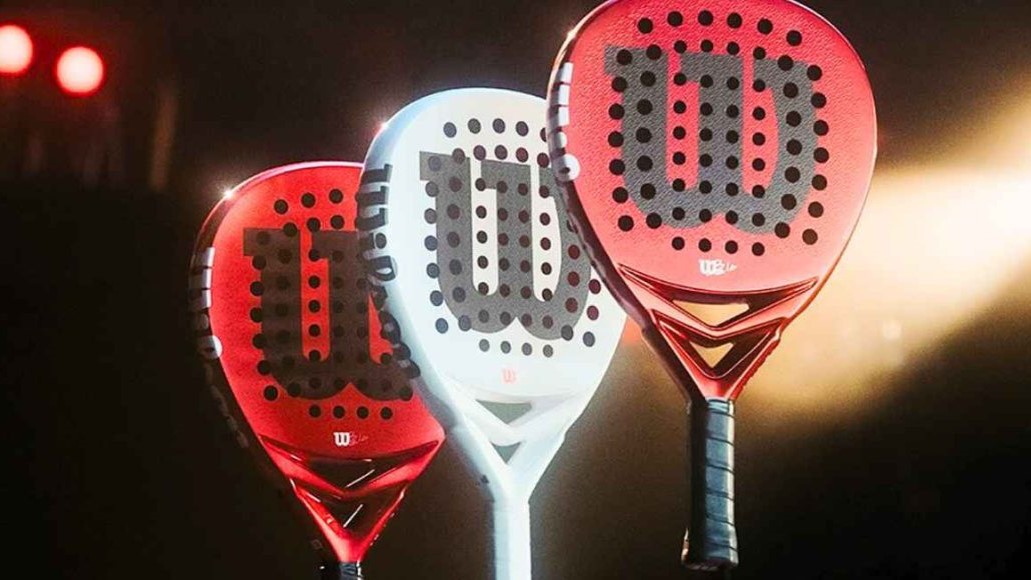 Presentation of the Wilson Bela V2.5 collection
Presentation of the Wilson Bela V2.5 collection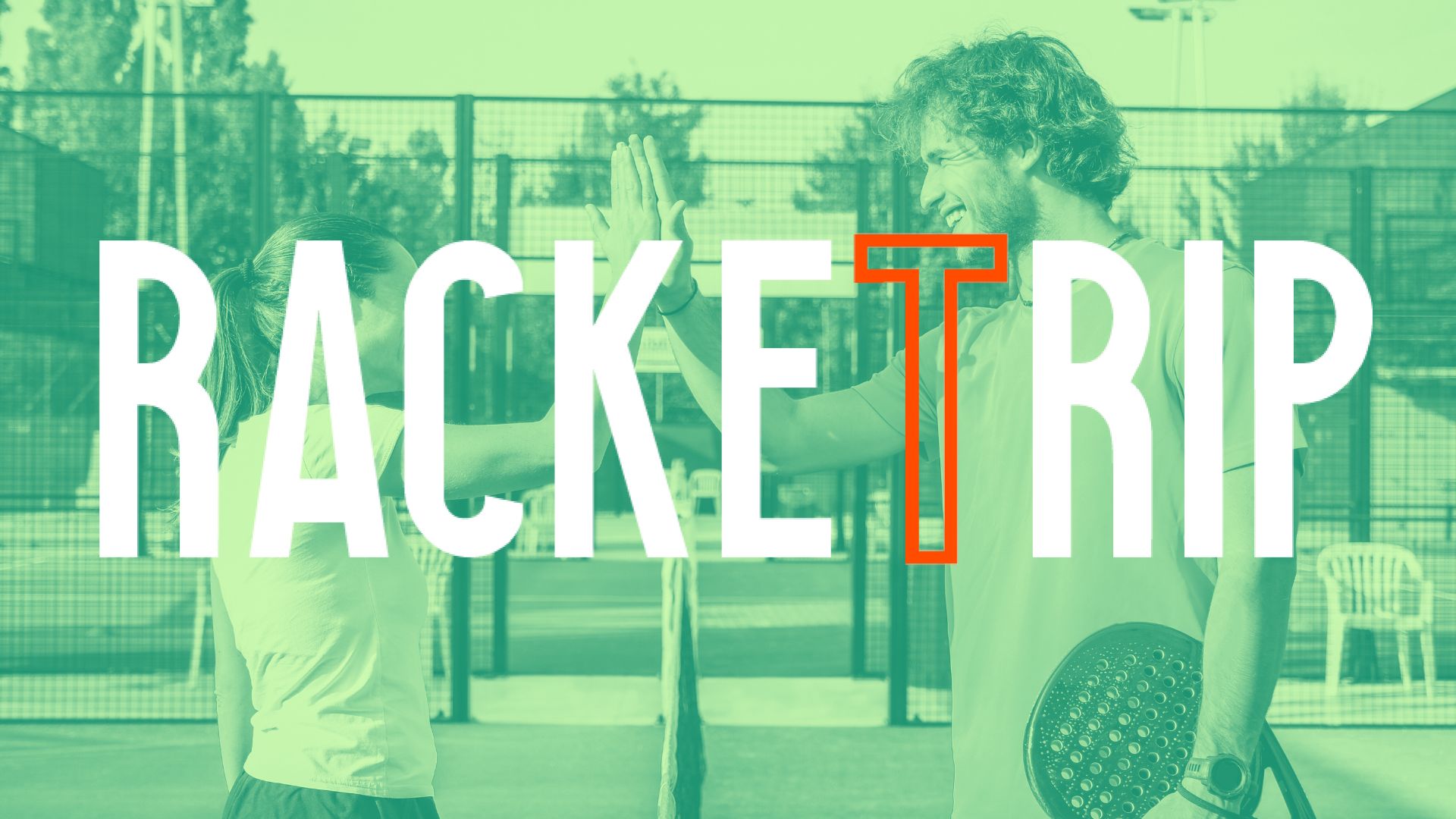 The LinkedIn of racquet sports: Racket Trip
The LinkedIn of racquet sports: Racket Trip The score at padel : manual
The score at padel : manual Our Top 10 training courses padel in France and Europe
Our Top 10 training courses padel in France and Europe At the heart of padel – Episode 25: Paul and Andoni answer your questions
At the heart of padel – Episode 25: Paul and Andoni answer your questions At the heart of padel – Episode 23: defend the window well
At the heart of padel – Episode 23: defend the window well Prohibition on playing topless Padel : the reasons
Prohibition on playing topless Padel : the reasons FIP Tour – Going far from Europe, THE strategy to earn points!
FIP Tour – Going far from Europe, THE strategy to earn points! What is a good football player? padel ?
What is a good football player? padel ? “Lefties give me headaches when I play against them!”
“Lefties give me headaches when I play against them!” At the heart of padel – Episode 14: how to earn points in winter?
At the heart of padel – Episode 14: how to earn points in winter? The basic tactics of padel
The basic tactics of padel A par 4 is always a winner...even if you manage to defend it!
A par 4 is always a winner...even if you manage to defend it! Carbon fiber VS fiberglass: what to choose?
Carbon fiber VS fiberglass: what to choose? How to effectively test a racket padel ?
How to effectively test a racket padel ? La padel to fight Parkinson's disease
La padel to fight Parkinson's disease Don't play with a cracked or broken racket, your body will thank you!
Don't play with a cracked or broken racket, your body will thank you! Michel Cymes: “The padel, physically, it’s serious!”
Michel Cymes: “The padel, physically, it’s serious!” Jeremy Gala: “Promote the padel among young people in Belgium remains a challenge”
Jeremy Gala: “Promote the padel among young people in Belgium remains a challenge” The French Touch Academy organizes its selection day Padel-Study
The French Touch Academy organizes its selection day Padel-Study Report on the detection and training of younger generations
Report on the detection and training of younger generations